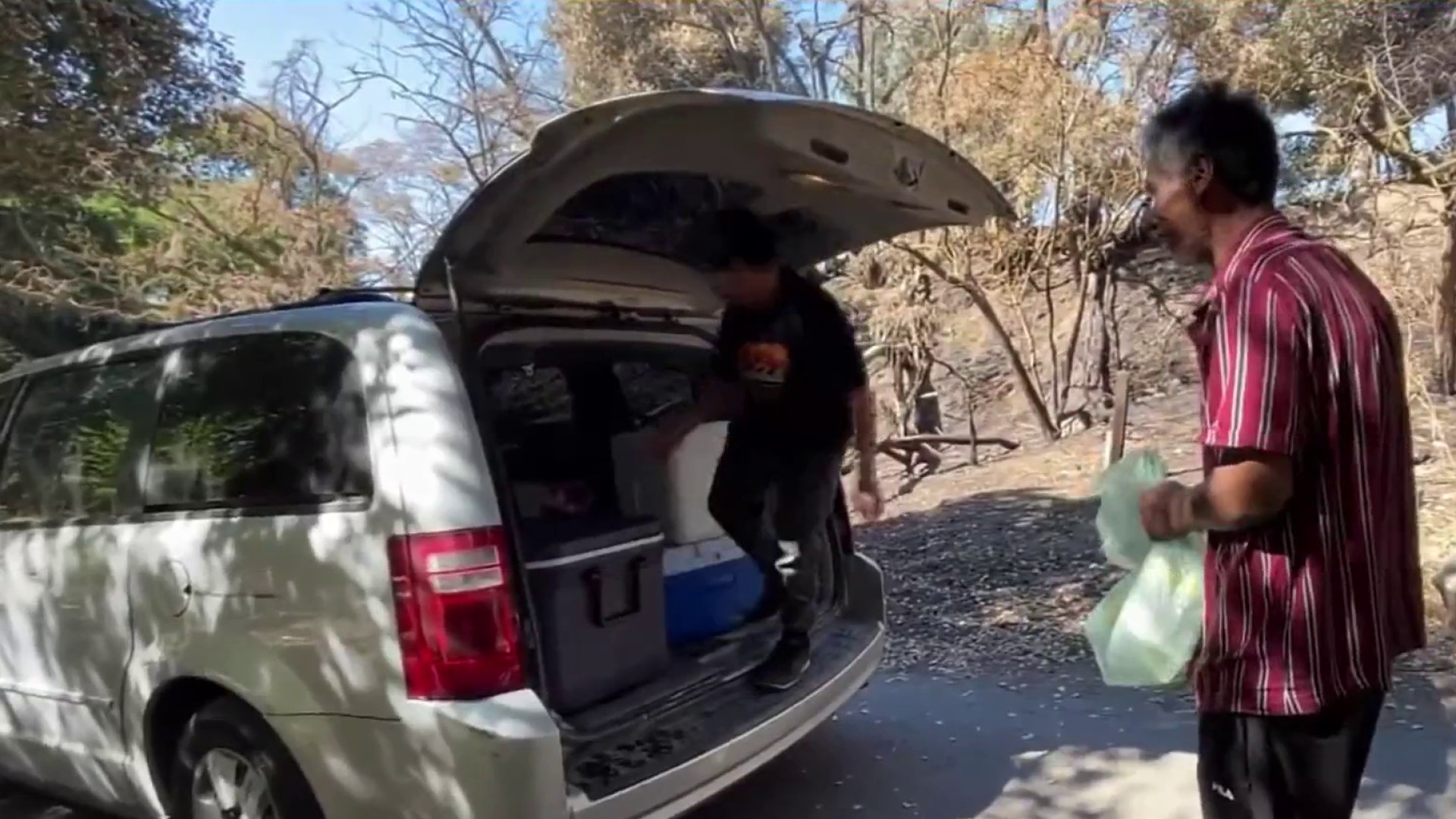Research shows that just $2,000 can keep families from losing their homes while also saving taxpayers money, according to a study which looked into a South Bay homeless prevention program.
“It’s not just delaying homelessness,” said David Phillips, a professor at Notre Dame. “It’s really actually preventing homelessness.”
Phillips was one of two professors who authored the study, both with the university’s Wilson Sheehan Lab for Economic Opportunities
Get a weekly recap of the latest San Francisco Bay Area housing news. Sign up for NBC Bay Area’s Housing Deconstructed newsletter.
The pair tracked families who worked with Destination: Home, a largely publicly-funded program in Santa Clara County. The program gives money to families who are behind on rent or utility bills and are verging on becoming homeless.
The study found that those who received the one-time emergency financial assistance were 81% less likely to become homeless within six months. That same group was also 73% less likely to become homeless within a year.
“We found there is enough people who would’ve ended up in a true crisis situation, that paying a month or two of rent for them is the difference between something really tragic, becoming homeless, and not,” said Phillips.
The study tracked 578 families from July of 2019 through 2020.
Chief Program Officer Chad Bojorquez with Destination: Home in San Jose is familiar with the struggle, having formerly been homeless himself.
“You meet the family, find out what their immediate financial situation is, address it, work with them for a couple of months, and then they’re on their way,” said Bojorquez.
Bojorquez said the average cost is now about $6,000 to $7,000 per family in the face of factors like rising rents, but that amount is still cost effective for taxpayers.”
“Whereas if they were to fall into homelessness and start living in a car or shelter, then you start to see costs around $30,000 to $40,000 per year to get them back housed,” said Bojorquez. “And that’s not even talking about the trauma and disruption to the family.
The program has helped 14,000 people since it started up in 2017, according to Bojorquez, and he believes that it could be used more widely.
“It is working,” he said. “And that’s why [this] study is so great because it validates that it’s working, and it shows other people in the state and county a road map for how to do it.”



